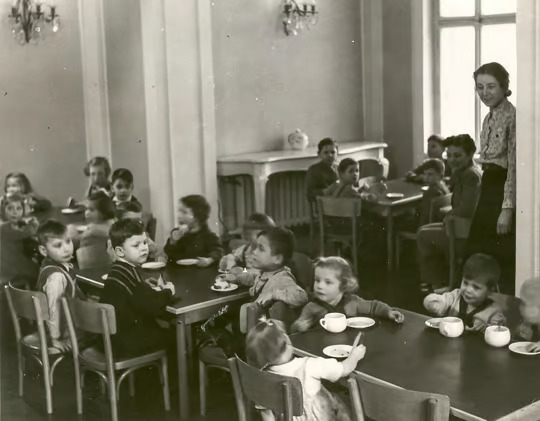Mon Mar 24 - Written by: Brendan McNulty
Week 12: Using AI to Uncover Family History


The Experiment
When my father-in-law stumbled across documents with his name in Czech, it sparked a journey into his childhood that none of us expected (maybe this should have been my podcast!) The goal was simple: understand what these mysterious documents were about and piece together a part of family history that he didn’t have all of the data about.
The Process
Here’s how we tackled it:
-
Initial Discovery
-
Found documents containing his name, birth date, and his father’s name
-
Documents were in Czech, with dates around 1946
-
No way to read or understand them initially
-
-
Breaking Down Language Barriers
-
Fed the document text into ChatGPT for translation
-
Discovered they were part of an archive about a Czech humanitarian named Přemysl Pitter
-
Learned the documents included letters from his father and medical reports
-
-
Diving Deeper
-
Used ChatGPT to research Přemysl Pitter’s work
-
Discovered he helped displaced children after WWII
-
Found a documentary (in Czech) about Pitter’s work
-
-
Documentary Detective Work
-
Tried Otter.ai for transcription ( it failed with Czech)
-
Uploaded to YouTube for auto-translation
-
Finally discovered an English version existed all along (classic!)
-
-
Photo Investigation
-
Received photos from the archive of children in a dining room (see above)
-
Used ChatGPT to see if it could identify whether the two images were the same child (it couldn’t)
-
However, it could do age analysis which helped eliminate who we thought it was
Piecing It All Together
-
Used ChatGPT to create a timeline from the documents
-
Researched German monasteries that served as post-war orphanages
-
Used Claude to write up the story in his voice
-
Had Claude rewrite it to sound more like a second-language speaker
-
The Outcome
What started as a random Google search turned into a deep dive into post-war Czech history.
We:
-
Translated documents in three languages (Czech, French, and German)
-
Discovered connections to a humanitarian operation helping displaced children
-
Created a timeline of events
-
Wrote up his story for the archives
-
Connected with historians maintaining these records
Key Takeaway
AI tools can be surprisingly effective for historical research, especially when dealing with multiple languages and fragmented information. While they’re not perfect (looking at you, Otter and YouTube auto-translate), they can help piece together historical puzzles from your desk in ways that would have been much harder just a few years ago.
Pro Tips for AI Historical Research:
-
Cross-Reference Everything: Don’t trust a single translation or interpretation - use multiple tools and approaches
-
Think Laterally: When one tool fails (like Otter.ai with Czech), try alternative approaches
-
Use Language-Specific Search: Sometimes asking AI to search in the original language yields better results (we forced ChatGPT to check German Wikipedia and it has different/better results than English)
Want to Try It Yourself?
-
Start with ChatGPT for initial translations and research (Perplexity was also good here)
-
Try YouTube’s auto-translate for video content
-
Use Claude for writing personal narratives
-
It’s also helpful to verify findings with human sources
What’s Next?
-
We’re waiting to hear back from the archive about the story
-
There are more documents to discover in another archive in Prague
-
We now have more clarity on family history, more digging is in the future.